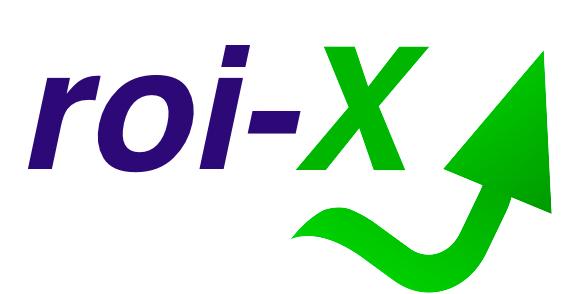There are periods in which change occurs at a rapid speed and tremendous scale. In such times, called the Industrial Revolutions, companies that change as fast as the world around them stay relevant. Companies that embrace the need for speed are mission-focused and deliver superior financial results. Today, all companies, independent of their space, are in the middle of the fourth Industrial Revolution (4IR), a time of unprecedented technological transformation. One key characteristic of 4IR is the rapid transformation and advancement of data exchange in manufacturing technologies and processes, redefining human-machine interactions. Technological advancements like AI are critical drivers for success during 4IR. Still, humans remain vital decision-makers and continue to complement technology.
Technological advancements continue to democratize and socialize information unprecedentedly and redefine social experiences. Hence, companies that deploy custom-tailored advanced technologies while tapping into their human potential by redefining how they work will agilely adapt to today’s new realities. Agile companies focus on entrepreneurship, principled resource deployment, and flat organizations with an autonomous team structure. Agility is a mindset independent of culture, geography, and industry.
Digital tools and platforms custom-tailored to the company’s operational [business] model boost creativity, especially when information is freely shared. Agile companies elevate principles over processes. The principles define a framework encouraging ownership, openness, community, exploration, and entrepreneurship. It ultimately elevates skills to the forefront. Employees start to think like owners, and individuals start competing to add value. They become ambitious. Their ambition is usually not constrained by resources. It’s an organizational structure that curves ambition and enthusiasm.
Only 34% and 11% of all employees in the U.S. and Europe, respectively, are fully engaged. Loss of employee engagement is attributed to multi-layered organizations. Multi-layered companies have long delays between sense and response. Multi-layers require cumbersome bureaucracy. Bureaucracy invests power into positions, allocates resources top-down, and slots people into roles. Employees compete for promotion and compensation, correlating with rank. Though eliminating organizational layers and bureaucracy is highly politicized, it is a must-have, as organizations with 7+ layers tend to fail to outrun the future and do not remain relevant. Agile companies*, on the other hand display 3-5 organizational layers and decentralize into networks of autonomous teams.
Autonomous teams are self-organizing. They bypass bureaucracy and get crucial work done quickly. They rely on networks of other decentralized, cross-functional teams. Each team needs to be right-sized, as maximizing teamwork often fails to yield expected results. Juridically select people whose contributions are critical and whose expertise matches the requirements, and cut out people and processes that bog down progress. Specify scope, goals, priorities, rules, and boundaries. Right-sizing is an exercise of simplicity. It accelerates iterative decision-making and allows for speed and scale rather than the pursuit of perfect processes. Optimal goal setting minimizes pushback from custodians of standard procedures. The goal of autonomous teams needs to be aligned with overarching objectives such that the autonomous teams are not relegated to ‘skunkworks’ or are cut off from the rest of the organization. The teams decide autonomously and collectively, guided by leaders who function as coaches, moderators, and enablers.
Any organizational transformation is only as good as a company’s ability to communicate and implement it. Let roi-X’s From-Principles-To-Practice be your catalyst to guide you in co-creating a new organization that institutionalizes agility, breaking the cycle of change initiatives being merely catch-ups.
*50+ employees
